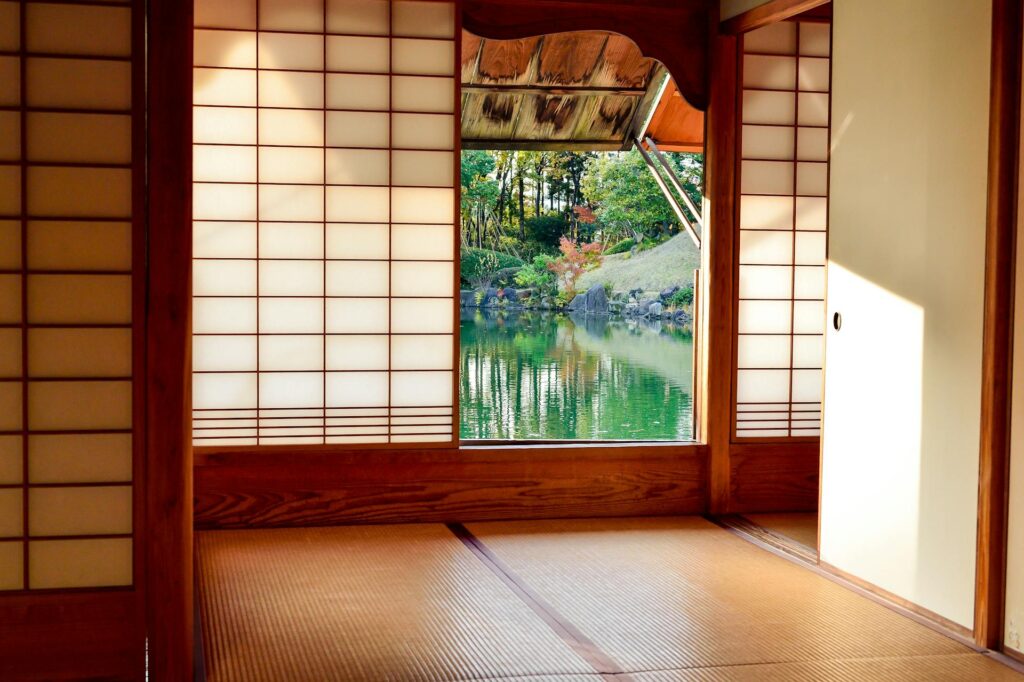Tips for Designing a Japanese-Inspired Garden

Japanese gardens are renowned worldwide for their serene beauty, harmonious design, and profound connection to nature. These meticulously crafted landscapes are not just spaces of aesthetic delight but also embodiments of profound philosophical and cultural principles. Designing a Japanese-inspired garden requires careful consideration of various elements to create an oasis of tranquility and harmony. In this guide, we’ll explore essential tips for designing your own Japanese-inspired garden, allowing you to infuse your outdoor space with the timeless elegance and serenity of Japanese landscaping.
Embrace Simplicity and Minimalism
One of the fundamental principles of Japanese garden design is simplicity. Embrace minimalism in your garden layout, opting for clean lines, uncluttered spaces, and a restrained color palette. Avoid overly ornate features or excessive decoration. Instead, focus on creating a sense of spaciousness and tranquility through understated elegance.
Harmonize with Nature
Japanese gardens seek to create a seamless harmony between the natural landscape and human intervention. Work with the existing terrain and natural elements of your surroundings, such as rocks, trees, and water features. Incorporate native plants and materials to enhance the sense of authenticity and connection to the environment.
Create Balance and Symmetry
Balance and symmetry are essential principles in Japanese aesthetics, symbolizing harmony and order. Design your garden with careful attention to balance, both in terms of visual weight and spatial arrangement. Use elements such as pathways, rocks, and plantings to create symmetrical compositions that evoke a sense of tranquility and equilibrium.
Integrate Water Elements
Water is a central feature in Japanese garden design, representing purity, renewal, and the flow of life. Incorporate water elements such as ponds, streams, or waterfalls into your garden to add a sense of movement and serenity. Consider installing a traditional Japanese water basin (tsukubai) for a symbolic focal point that invites contemplation.
Cultivate Serene Views and Perspectives
Japanese gardens are designed to be experienced gradually, revealing different perspectives and vistas as one moves through the space. Create carefully curated views and focal points within your garden, framing scenes of natural beauty or architectural elements. Utilize techniques such as borrowed scenery (shakkei) to incorporate distant landscapes into your garden’s composition.
Emphasize Texture and Contrast
Texture plays a crucial role in Japanese garden design, adding depth and visual interest to the landscape. Incorporate a variety of textures, such as smooth stones, rough bark, and delicate foliage, to create tactile richness. Contrast is also important, whether in the juxtaposition of light and shadow, rough and smooth surfaces, or bold and subtle colors.
Incorporate Symbolic Elements
Japanese gardens are rich with symbolism, with every element carefully chosen to convey deeper meanings and associations. Consider incorporating symbolic elements such as lanterns, bridges, or stone arrangements into your garden design. These elements can serve as focal points and imbue your garden with cultural significance and aesthetic resonance.
Foster Tranquility with Zen Features
Zen Buddhism has profoundly influenced Japanese garden design, emphasizing mindfulness, simplicity, and inner peace. Integrate Zen-inspired features such as meditation areas, gravel or sand raked in patterns (kare-sansui), or carefully placed rocks to evoke a sense of serenity and contemplation within your garden.
Designing a Japanese-inspired garden is a deeply rewarding endeavor that allows you to create a space of timeless beauty and tranquility. By embracing principles of simplicity, harmony, and reverence for nature, you can craft a garden that not only delights the senses but also nourishes the soul. Whether you have a sprawling estate or a modest backyard, these tips provide a roadmap for transforming your outdoor space into a haven of Japanese-inspired serenity.
